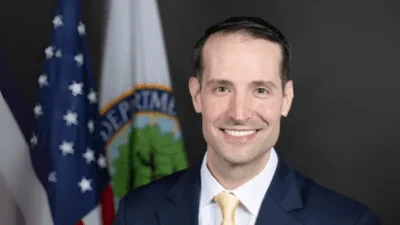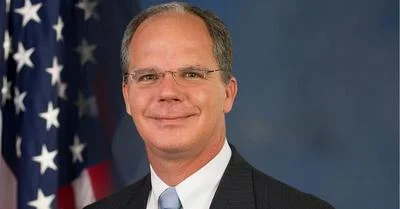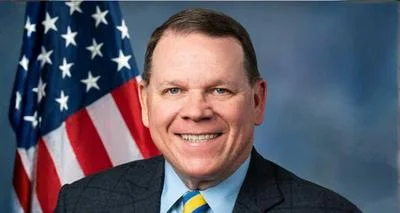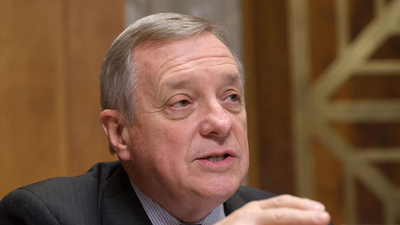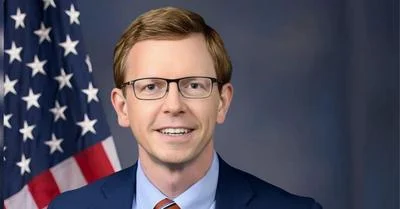Today, Rep. Gerald E. Connolly, Chairman of the Subcommittee on Government Operations, held a hearing to examine the necessary actions to recruit and retain top talent in the federal government and to rebuild, strengthen, and transform the federal workforce to meet the needs of the country in the 21st century.
“The workforce is the lifeblood of our federal government,” said Chairman Connolly in his opening statement. “Without people committed to public service, taxpayers, vulnerable populations, small businesses, and others will not be able to get the resources and services they need. If we fail to attract and hire the best and brightest to federal service, our nation suffers.”
The Subcommittee heard testimony from the Honorable Kiran A. Ahuja, Director of the Office of Personnel Management; and the Honorable Jason S. Miller, Deputy Director for Management at the Office of Management and Budget.
In his opening statement, Chairman Connolly discussed the reintroduction of the Chai Suthammanont Remembrance Act of 2022, a bill which would require the head of each federal agency to establish a plan related to the safety of federal employees and contractors physically present at certain worksites during nationwide public health emergencies declared for infectious disease. The Chairman’s legislation would ensure that the health and safety of federal workers are prioritized.
Members and witnesses discussed the lessons learned from what the federal government did right during the pandemic and what could be improved to ensure the resilience of our workforce.
- In his opening statement, Director Miller explained the impact of the COVID-19 pandemic on the federal workforce, saying: “Throughout the pandemic, federal workers have been hard at work, protecting our nation, providing critical services, and combatting COVID-19 and its impacts. Many thousands of Federal employees continued delivering on the front lines. Many others adjusted quickly to working together online and in a distributed manner to deliver results for the public. And tragically, others were among the more than 1 million people in the United States to lose their lives to COVID-19 or, like far too many across the country, lost family members to COVID-19. We owe them a true debt of gratitude.”
- In her opening statement, Director Ahuja highlighted what the federal government learned from the pandemic. She testified: “A key lesson from recent years is that workplace flexibilities such as telework, remote work, and hybrid work schedules help ensure federal operations continue in the face of disruptions and improve employee engagement and morale.”
Members asked witnesses what the federal government can do to attract and retain top talent to its workforce.
- Deputy Director Miller testified in his opening statement: “Employers are in fierce competition for talent, and the federal government needs to compete. Our workforce has chosen public service. We need to retain our workforce. We also need to ensure a strong pipeline that is bringing more talent into government, to address attrition, and to tap into the skillsets and capacity needed to deliver for the American people.”
- In response to a question from Rep. Davis about how to foster diversity in the federal workforce, Director Ahuja said: “Paid internships are critical to that piece of ensuring diversity. Listen, not everybody can afford an unpaid internship in Washington, D.C. Nor should that be the norm. We really should be providing compensation for those early in their careers.” She continued: “We issued direct hiring authority focused on post-secondary students who can actually get a good-paying job while they’re in school so they can pay for those fees, and also build a level of experience. A big part of also our paid internship focus is also ensuring a focus on skills-based hiring. So, certainly this is not just about those who are coming through schools and colleges, but those who are getting those experience elsewhere. We’re really going to benefit and expand the talent pool in so many ways.”
- In response to a question from Congresswoman Norton about President Biden’s management agenda for the federal workforce, Director Ahuja explained: “The real pillars of this priority area, one is attracting talent. And, of course, early career talent is really first and foremost…The second is every federal job should be a good job. You know, we have huge competition out there. And we really suffer on the lower end and higher ends within the federal government recruiting the kinds of skilled talent that we need. And, finally, the focus of this particular pillar around strengthening and empowering the workforce is focused on the future of work. We have to be in line with really where every other sector is going. There’s a work revolution upon us, and either we’re a part of it or we’re behind it.”
Members discussed prioritizing worker well-being in the federal workforce, focusing on robust access to telework, family leave, physical and mental health services, and pay that keeps the federal government competitive with the private sector.
- In response to a question from Rep. Beyer about how the federal government has historically served as a model employer in terms of benefits to employees, Director Ahuja testified about how paid leave impacts employees, saying: “We have benefitted greatly from the paid parental leave that Chairwoman Maloney was a real champion for. And that has been a real incentive. Our recent health benefits survey showed that women, females forty and under, see it as a major reason why they stay in the federal government. I would say for the same reason there is a real interest in providing broader paid leave.”
- In response to a question from Rep. Sarbanes, Director Ahuja said: “I think we’ve learned that employees really do want to be able to have the flexibility to manage their personal responsibilities. In the context of recruitment, absolutely what we are seeing is agency-hopping based on where employees see a level of flexibility. We don’t want agencies to have to compete with each other for different employees within the federal government. We’re also seeing that this is the wave of the future in the private sector. The private sector is defining these positions based on if they can provide more workplace flexibility. They’re training their supervisors. They’re upgrading their IT. They’re working on all these dimensions that we want to be doing in the federal government so we can compete for talent.”
- “The federal government’s greatest asset is its people,” testified Deputy Director Miller in his opening statement. “The strength of any organization rests on its people. And to deliver for the public, we must systematically approach the federal workforce and its challenges as critical to our success as a nation.”
Original source can be found here.




